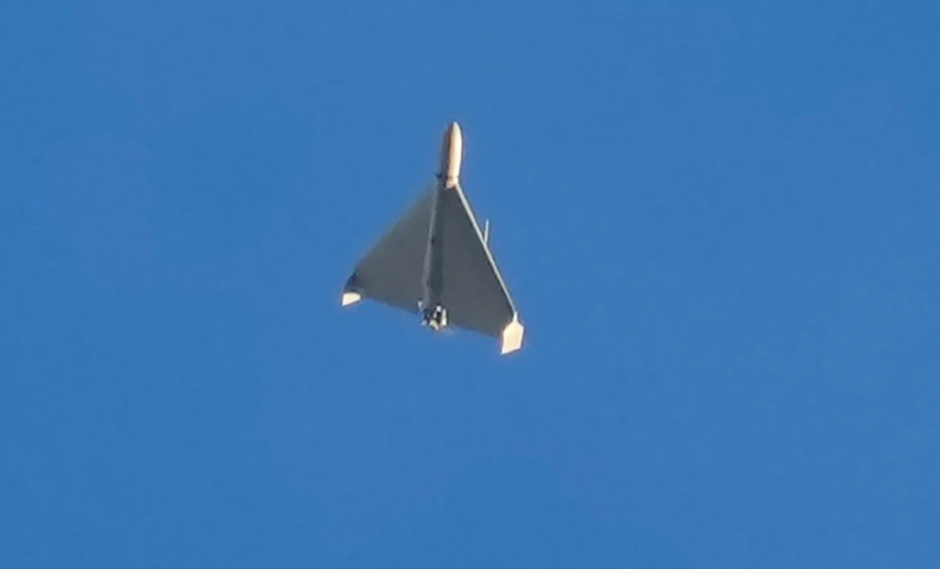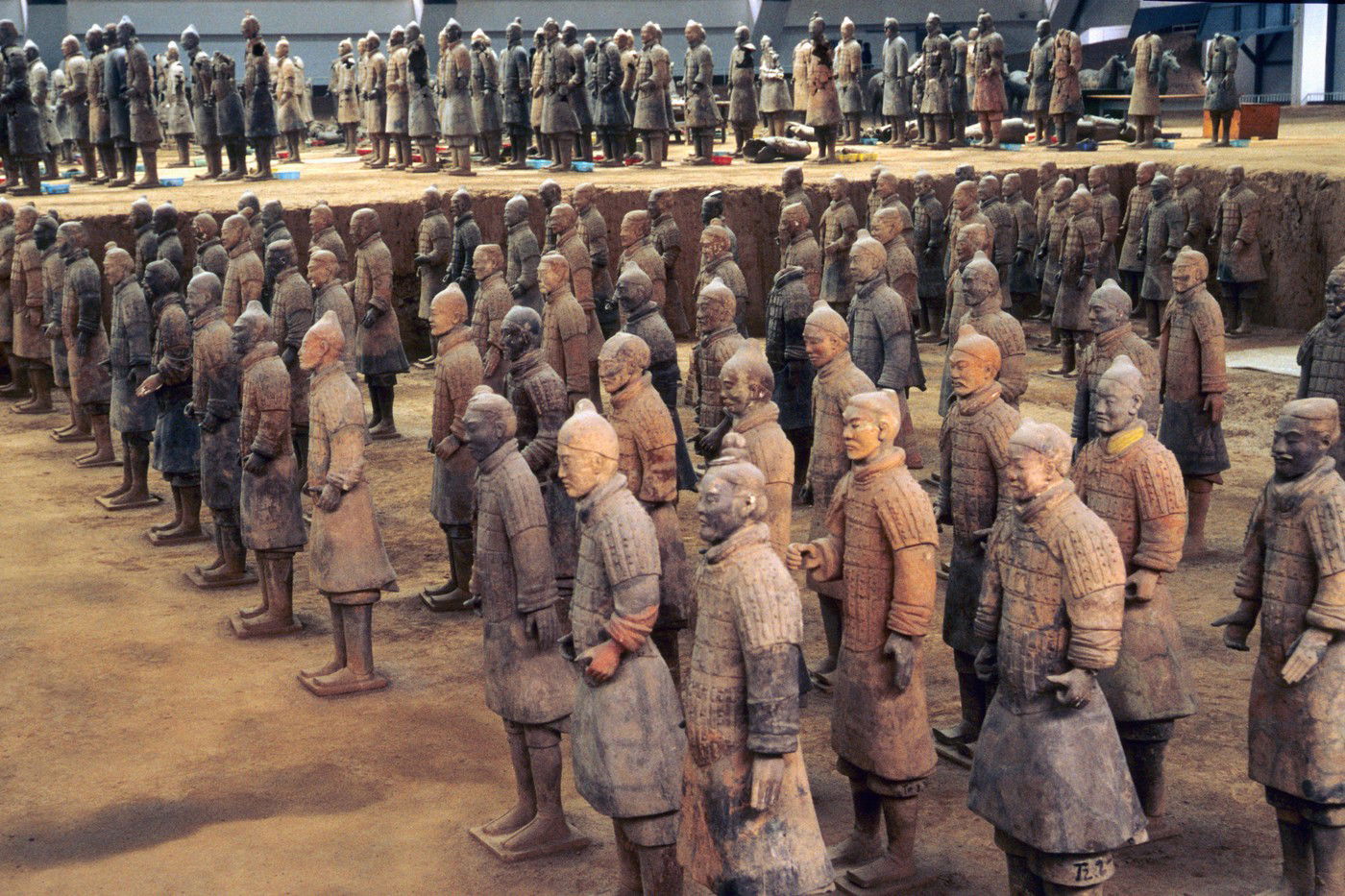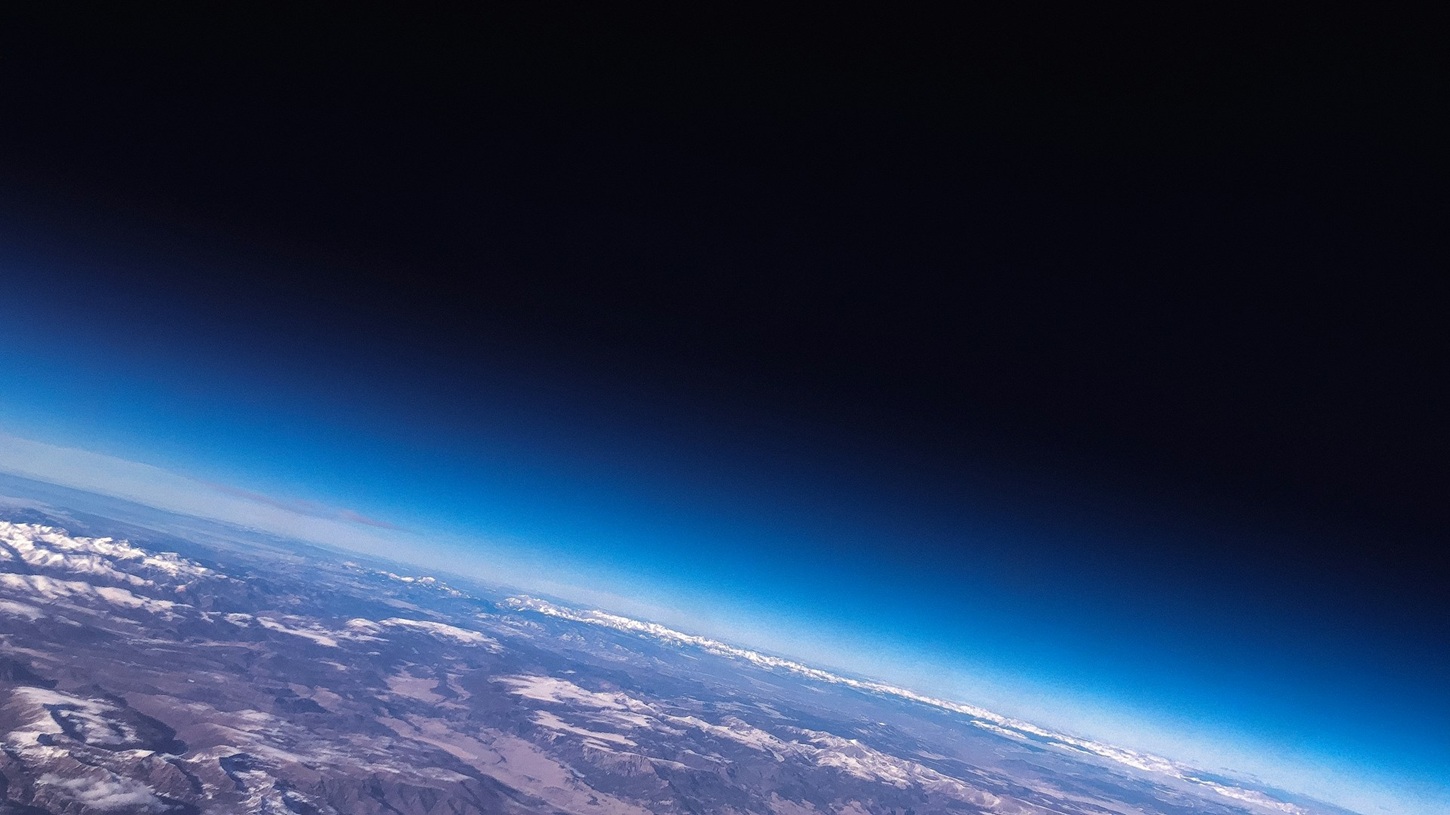the Small Magellanic Cloud A nearby dwarf galaxy, our own galaxy, the Milky Way, has an irregular shape (abnormal) Galaxy Companion. found in it NGC 346 A stunning star-forming region cataloged by NASA, the European Space Agency and the Canadian Space Agency From the James Webb Space Telescope (James Webb Space Telescope – JWST) was captured by astronomers with several instruments. Previously, the Hubble Space Telescope measured this target in the visible range, and the James Webb Space Telescope measured it in the near infrared. This time, researchers have published a recording of JWST’s MIRI instrument, which operates in the mid-infrared wavelength range. The most distinctive formations in the record are the bright spots hanging over the stunning lanes of gas and dust, in which young protostars merge.
One of the main strengths of the James Webb Space Telescope is that it allows specialists to get insight into the regions where stars are born. Budding stars develop into young stars deep in dense clouds of dust and gas that are unaffected by visible light. However, infrared light can now pass through these thick clouds, so astronomers can observe a lot of new things in many previously known star-forming regions using the new 6.5-meter Webb Space Telescope.
As part of this research programme, the largest and brightest star cradle in the Small Magellanic Cloud, NGC 346, was examined using the James Webb Space Telescope. The Small Magellanic Cloud can also be seen with the naked eye in the Toucan constellation in the southern sky. This stellar city has a material composition older than the Milky Way, which means it contains less massive elements than our Galaxy, which are formed in nuclear fusion reactions that occur inside stars and in supernovae, and are returned to interstellar space.
Because the solid particles of interstellar dust are composed of heavier elements, including silicon and oxygen, astrophysicists had expected that the Small Magellanic Cloud would not contain significant amounts of dust. A new MIRI image taken by the James Webb Space Telescope, as well as a near-infrared image released in January, indicate that there is an abundant amount of dust in this region, contrary to expectations.
In the blue fibers visible in the false-color image above, there are silicate-containing dust particles, as well as soot-like particles. Polycyclic aromatic hydrocarbon Grains are concentrated. The most widespread red radiation comes from dust grains that have been further heated by the radiation of hotter, more massive stars in the core of the region. The white arc of light visible on the left edge of the image, in the center, is a reflection of the light of the star in the center of the arc. With a little searching, you can find many similar but fainter arcs of light in the photo. Brighter spots in the filaments indicate condensation of protostars. Astronomers counted the reddest sources and identified 1,001 point-like light sources. Most of these young stars are still basking in the mother cloud.
By combining near- and mid-infrared images from the James Webb Space Telescope, researchers can more accurately assess newly born stars and currently emerging stars in the dynamically evolving region. Through investigations into this nearby and precisely studyable region, but at the same time a region poor in heavier elements, specialists can also infer events in the early universe with the most active star formation.
source: WebbTelescope.org
comment












































